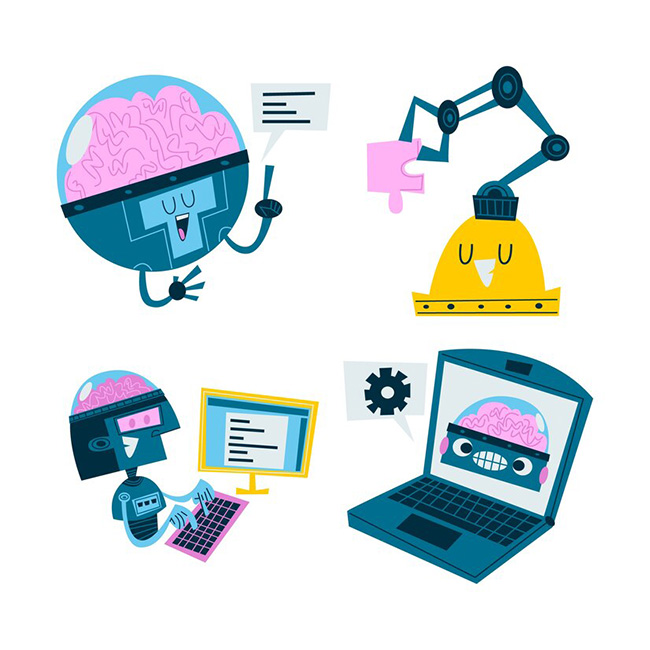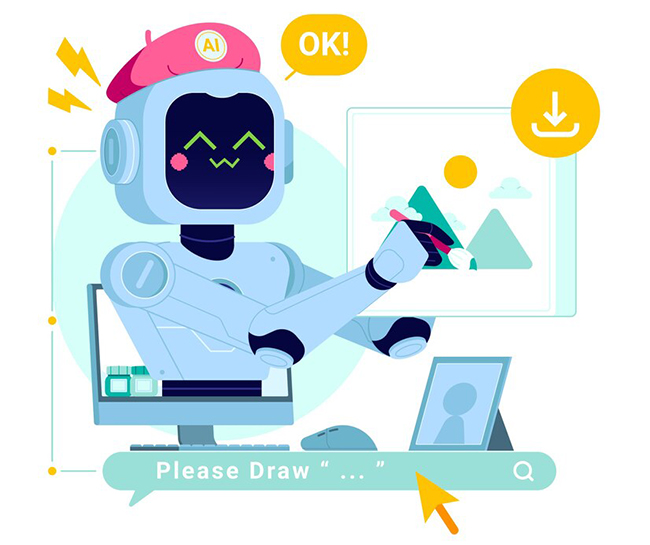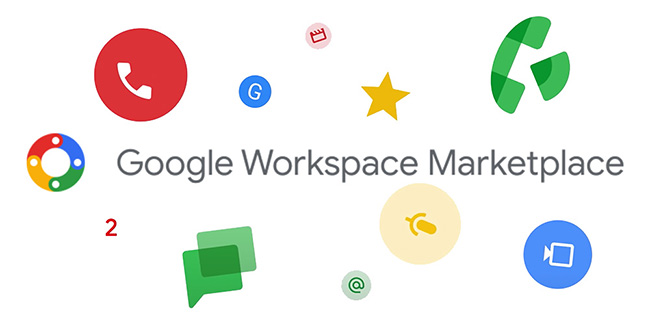content
Each of the last few years has been a year of artificial intelligence. From the moment of its emergence to the present day, we constantly hear about the achievements of various models of artificial intelligence, and companies earn (sometimes lose) billions of dollars on investments in this area. Therefore, marketers should not stubbornly turn a blind eye to the achievements of automation and should use these tools correctly.
PPC professionals are forever connected with e-commerce, the main component of which is product feeds – lists of products with attributes that Google Merchant or Meta systems analyze and display to end users. Working with thousands of rows and columns, even with automatic rules, can cause a real panic for an experienced specialist, and routine work can take too much time that could be better spent on developing an advertising strategy.

Today, as part of ADV Advantage’s blog post, we will consider how AI can become the main tool for optimizing product feeds and save a few nerve cells for PPC specialists.
What AI is suitable for and what it is not
If you are planning to outsource all your work to AI, we have bad news for you: you risk getting unsatisfactory results, because blindly following the information available on the web cannot lead to rapid sales growth.
Instead, AI is ideal for automating routine processes, including
- product image optimization
- image-based advertising video generation
- A/B testing of headlines
- searching for and fixing errors
- optimization of descriptions
- removal of duplicates
- brainstorming to find relevant keywords
- analysis of data for a selected period by one of the performance parameters
- etc.
Don’t leave all the work to artificial intelligence, but use it to find inspiration and fresh ideas that will set your work apart from the competition.
Using ChatGPT for Product Feed
Turn ChatGPT into your personal PPC assistant. For example, you can provide it with information about key product features and target audience and ask it to generate relevant SEO queries that meet Google or Meta requirements. The data obtained should be used as a starting point for creating unique product descriptions.
Another interesting way to use AI is to generate ideas for advertising images. Now, we don’t mean creating images, but only searching for ideas. ChatGPT, having a lot of information on the Internet, understands user behavior and what they are interested in. The ideas obtained can be used to create images for launching a Display Ads campaign.

Special attention should be paid to dynamic pricing. Artificial intelligence can analyze competitive prices, market demand, and sales history in real time to automatically adjust product prices. The advice received should be used as a baseline for adjusting certain groups of retail advertising campaigns.
Algorithms can automatically adjust brightness, contrast, size, and even remove background noise, making images more attractive to users. Some AI systems can even generate missing images or improve the quality of existing ones by scaling them without losing clarity. Of course, AI cannot replace a professional photographer, but it is quite easy to improve existing photos.
AI greatly simplifies the process of dealing with errors in feeds. Automatic detection of duplicate or incorrect records, correction of incorrect characteristics, and optimization of the feed structure helps to avoid problems when uploading to advertising platforms and marketplaces. This not only saves time, but also ensures the correct display of products in different sales channels.
Advanced use of ChatGPT for Product Feed
The above recommendations were mostly related to the semi-manual use of artificial intelligence capabilities in the chat format, as Google and Meta have not yet implemented third-party integration into their product feed management systems.
However, Google Merchant Center works perfectly with Google Sheets, which in turn supports the GPT for Sheets module. To take full advantage of it, go to the Extensions section, then Add-Ons, and then find the appropriate extension, such as DocGPT, in the Google Workspace Marketplace. Once installed, activate GPT for Sheets AI features in the Extensions tab. The full list of extension features can be found in the extension itself.

For example, you can select a column in a product feed and suggest shortening the description, translating it into another language for a different region, checking for compliance with Google requirements, or even generating something new. This process can be automated with built-in scripts, as there is usually a lot of data in product feeds.
Give Google Product Studio a chance
Google has been successfully integrating its own intelligent systems to improve the quality of images, descriptions, and titles in Merchant Center and Google Ads. You can already improve images by reducing noise, removing or decorating the background, increasing the image resolution, creating a promotional video based on product images, etc.
This year, Google Gemini service is expected to be integrated, which can improve user interaction with products and their attributes, so advertisers should not ignore future tips based on Google’s intelligent algorithms.
Conclusions.
Thus, the use of AI in grocery feeds opens up wide opportunities for automation and e-commerce efficiency. Thanks to artificial intelligence, sellers can significantly improve data quality, optimize visual presentation of products, personalize content, and automate price management processes, which ultimately contributes to sales growth and improved customer experience.
Subscribe to our newsletter



